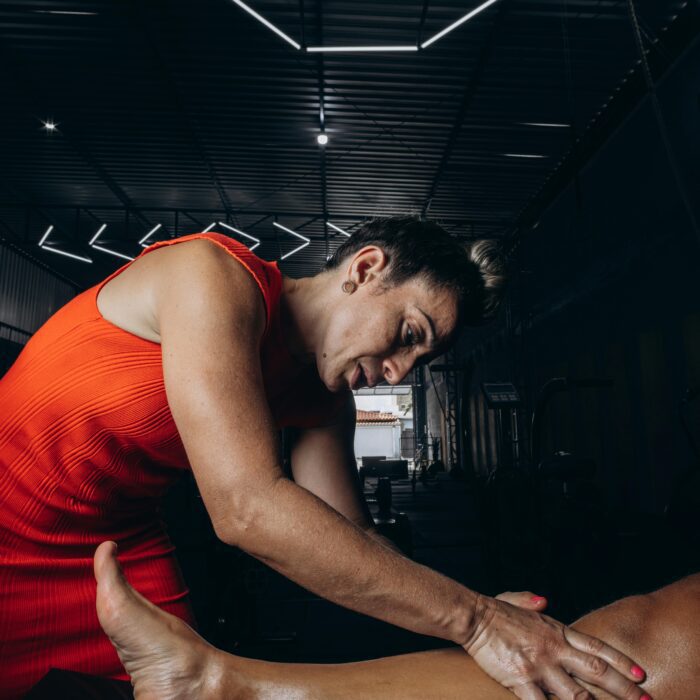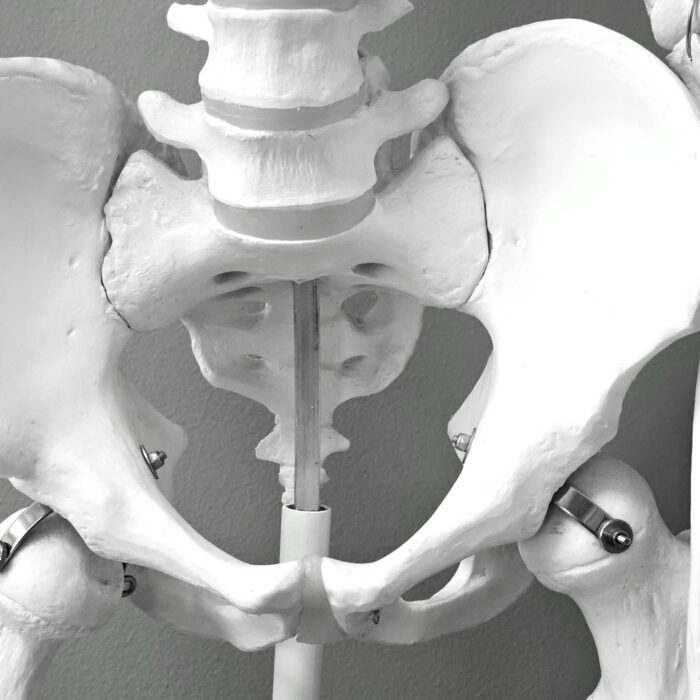Temporomandibular Joint (TMJ) disorders are conditions affecting the jaw joint and surrounding muscles, leading to symptoms such as jaw pain, difficulty chewing, and clicking or popping sounds during jaw movement. These disorders are prevalent, with studies indicating that approximately 20% to 30% of adults experience TMJ-related symptoms at some point in their lives. The impact of TMJ disorders extends beyond discomfort, often interfering with essential daily activities like eating, speaking, and sleeping, thereby diminishing overall quality of life.
Physical therapy has emerged as a non-invasive and effective treatment option for managing TMJ disorders. By focusing on relieving pain, improving jaw function, and addressing contributing factors such as muscle tension and poor posture, physical therapy offers a holistic approach to treatment. Techniques employed may include manual therapy, therapeutic exercises, and patient education on posture and stress management. This comprehensive strategy not only alleviates current symptoms but also aims to prevent future occurrences, enhancing patients' overall well-being.
Understanding TMJ Disorders
The temporomandibular joint (TMJ) is a complex structure that connects the lower jawbone (mandible) to the temporal bone of the skull, situated just in front of each ear. This joint functions as a sliding hinge, facilitating essential movements such as opening and closing the mouth, chewing, and speaking. Its unique design allows for both rotational and translational movements, enabling the jaw to move smoothly in various directions. The TMJ's functionality is supported by an articular disc, which acts as a cushion between the mandible and the temporal bone, absorbing shocks and distributing loads during jaw activities.
Several factors can contribute to the development of TMJ disorders. Trauma or injury to the jaw, head, or neck—such as from a heavy blow or whiplash—can damage the joint and surrounding muscles, leading to dysfunction. Arthritis, including osteoarthritis and rheumatoid arthritis, can result in degeneration of the joint's cartilage, causing pain and limited movement. Bruxism, the habitual grinding or clenching of teeth, places excessive pressure on the TMJ, potentially leading to inflammation and discomfort. Stress-related habits, such as jaw clenching, can also strain the jaw muscles and joints, exacerbating symptoms.
Individuals with TMJ disorders may experience a range of symptoms. Common signs include pain or tenderness in the jaw, face, or around the ear, difficulty or discomfort when chewing, and clicking, popping, or grinding noises in the jaw joint. Other symptoms can encompass stiffness or limited movement of the jaw, locking of the jaw in an open or closed position, changes in bite or alignment of the teeth, headaches, dizziness, or ringing in the ears. These symptoms can vary in severity and may affect one or both sides of the face.
Common Physical Therapy Techniques for TMJ Disorders
Physical therapy offers a comprehensive approach to managing Temporomandibular Joint (TMJ) disorders, incorporating various techniques to alleviate pain, improve jaw function, and enhance overall quality of life.
Manual Therapy
Manual therapy involves hands-on techniques aimed at reducing muscle tension and improving joint mobility in individuals with TMJ disorders. Physical therapists may perform gentle stretches to lengthen tight jaw muscles, enhancing flexibility and reducing discomfort. Soft tissue massage targets specific muscles involved in mastication, such as the masseter and temporalis, to alleviate tension and promote relaxation. Additionally, joint mobilization techniques involve the therapist applying controlled movements to the jaw joint to restore proper alignment and function. These interventions collectively aim to decrease pain and improve the range of motion in the jaw.
Therapeutic Exercises
Therapeutic exercises are integral to restoring normal jaw function in individuals with TMJ disorders. Physical therapists design specific exercises aimed at strengthening the muscles around the jaw, enhancing range of motion, and stabilizing the joint. For instance, controlled opening exercises teach patients to open their mouths without protruding the jaw forward, promoting proper movement patterns. Resistance exercises involve applying gentle pressure against jaw movements to build muscle strength. Consistent practice of these exercises can lead to significant improvements in jaw mobility and a reduction in pain.
Stress Reduction Techniques
Stress is a significant factor that can exacerbate TMJ symptoms by increasing muscle tension and promoting habits like jaw clenching or teeth grinding. Physical therapists incorporate stress management techniques into treatment plans to help patients manage and reduce stress levels. Progressive muscle relaxation (PMR) is a method that involves tensing and then relaxing different muscle groups, promoting overall relaxation and reducing muscle tension. Guided imagery, which involves visualizing calming scenarios, can also help divert attention from stressors and promote a sense of tranquility. These techniques, when practiced regularly, can significantly alleviate TMJ symptoms and improve overall well-being.
Posture Correction
Poor posture, particularly forward head posture or slouching, can place additional strain on the jaw muscles and TMJ, exacerbating symptoms. Physical therapists emphasize the importance of proper posture in reducing this strain and guide patients in maintaining correct alignment. Postural training includes ergonomic adjustments for daily activities, such as computer work and sleeping positions, and exercises to strengthen postural muscles. By promoting good posture habits, physical therapy aids in the long-term management and prevention of TMJ disorders.
Benefits of Physical Therapy for TMJ Patients
Physical therapy offers a non-invasive and effective approach to managing Temporomandibular Joint (TMJ) disorders, providing several key benefits:
Non-Invasive Treatment
Physical therapy serves as a conservative, non-surgical option for individuals suffering from TMJ disorders. By employing techniques such as manual therapy, therapeutic exercises, and education, physical therapists can alleviate pain and improve jaw function without the need for invasive procedures. This approach minimizes the risks associated with surgery and reduces reliance on medications, offering a safer alternative for patients seeking relief.
Personalized Care
One of the significant advantages of physical therapy is the development of tailored treatment plans that address the unique needs and symptoms of each patient. Physical therapists conduct comprehensive evaluations to identify the specific factors contributing to a patient's TMJ disorder. Based on this assessment, they design individualized programs that may include targeted exercises, manual therapy techniques, and education on posture and stress management. This personalized approach ensures that treatment is both effective and aligned with the patient's goals and lifestyle.
Long-Term Relief
Beyond immediate symptom relief, physical therapy equips patients with self-management strategies and exercises to maintain jaw health and prevent future issues. Therapists educate patients on proper jaw mechanics, ergonomic principles, and lifestyle modifications to avoid activities that may exacerbate symptoms. By empowering patients with the knowledge and tools to manage their condition, physical therapy promotes sustained improvements and reduces the likelihood of recurrence.
Conclusion
In summary, physical therapy plays a crucial role in the management of TMJ disorders by offering non-invasive, personalized, and effective treatment options. Through a combination of manual therapy, therapeutic exercises, and patient education, physical therapists address the underlying causes of TMJ disorders, providing both immediate relief and long-term strategies for maintaining jaw health. Individuals experiencing TMJ symptoms are encouraged to consult with a physical therapist to explore personalized treatment options tailored to their specific needs.











